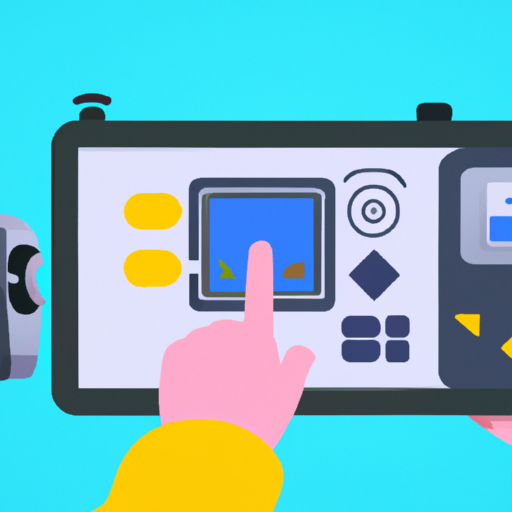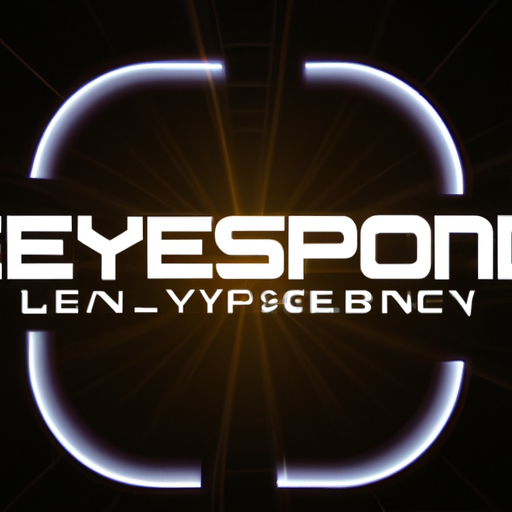Unlock the potential of Web3 with our beginner-friendly guide.
Introduction to Web3: Understanding the Basics

Web3 for Beginners: A Comprehensive Guide
Introduction to Web3: Understanding the Basics
The internet has come a long way since its inception, and with the introduction of Web3, a new era of the internet is upon us. Web3, also known as the decentralized web, is a paradigm shift that aims to give users more control over their data and online experiences. In this comprehensive guide, we will delve into the world of Web3, starting with the basics.
To understand Web3, it is essential to first grasp the concept of Web2, which is the current state of the internet. Web2 is characterized by centralized platforms and services that control and store user data. Companies like Facebook, Google, and Amazon dominate the online landscape, collecting vast amounts of personal information and monetizing it for their benefit.
Web3, on the other hand, seeks to decentralize the internet by leveraging blockchain technology. Blockchain, most commonly associated with cryptocurrencies like Bitcoin, is a distributed ledger that records transactions across multiple computers. This decentralized nature of blockchain makes it an ideal foundation for Web3 applications.
One of the key features of Web3 is the concept of self-sovereign identity. In Web2, users are often required to provide personal information to access online services. This information is then stored by the service provider, making users vulnerable to data breaches and privacy violations. Web3 aims to change this by allowing users to have full control over their identity and personal data. With Web3, users can choose what information to share and with whom, ensuring their privacy and security.
Another important aspect of Web3 is the idea of decentralized applications, or dApps. Unlike traditional applications that are hosted on centralized servers, dApps run on a blockchain network. This means that dApps are not controlled by a single entity, making them resistant to censorship and manipulation. Additionally, dApps often have built-in token economies, where users can earn and trade tokens for their participation in the network.
Web3 also introduces the concept of smart contracts, which are self-executing contracts with the terms of the agreement directly written into code. Smart contracts eliminate the need for intermediaries, such as lawyers or banks, as the terms are automatically enforced by the blockchain. This not only reduces costs but also increases transparency and trust in transactions.
To interact with Web3, users need a Web3-enabled browser or wallet. These tools allow users to access dApps, manage their digital assets, and interact with the decentralized web. Popular Web3 browsers include MetaMask and Brave, while wallets like MyEtherWallet and Trust Wallet provide secure storage for cryptocurrencies and tokens.
In conclusion, Web3 is a revolutionary concept that aims to decentralize the internet and give users more control over their online experiences. By leveraging blockchain technology, Web3 introduces self-sovereign identity, decentralized applications, and smart contracts. With Web3-enabled browsers and wallets, users can explore the decentralized web and participate in the token economies of dApps. In the next sections of this comprehensive guide, we will delve deeper into the various aspects of Web3, providing you with the knowledge and tools to navigate this exciting new frontier.


